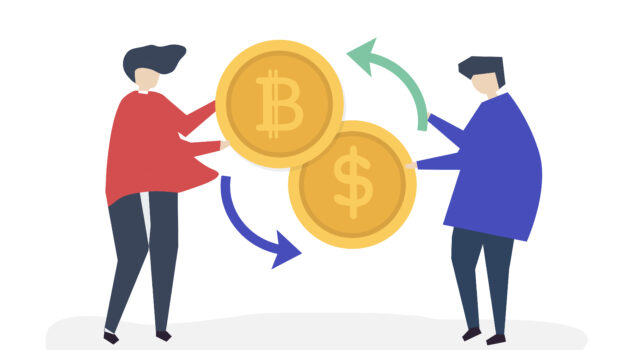How has tech changed the crypto markets?
Cryptocurrencies have come a long way since Bitcoin was first created back in 2009. Technological innovation has been a key driving force. This article explores how tech has shaped crypto trading and its markets, influencing everything from security to accessibility.
Enhanced security measures
Security has always been of paramount concern in the world of cryptocurrency. An array of high-profile hacks and thefts hindered uptake in the early days, but more recent advancements have considerably bolstered the security framework.
Blockchain technology itself is inherently secure, offering a decentralised ledger that is almost impossible to manipulate. However, innovations such as multi-signature wallets, hardware wallets and biometric authentication have added layers of protection.
Multi-signature wallets require multiple private keys to authorize a transaction, making it more difficult to gain unauthorized access. Hardware wallets store private keys offline, reducing the risk of cyberattacks. Biometric authentication, including fingerprint and facial recognition, is now commonly used in crypto apps and wallets, providing an additional security barrier.
Innovations in crypto trading
New methods have emerged over the years. High-frequency trading (HFT) algorithms, similar to those used in traditional stock markets, are now commonplace in the crypto markets. These algorithms execute high-volume trades at lightning speed, capitalising on market inefficiencies and fluctuations.
The introduction of smart contracts has automated and streamlined complex trading strategies facilitated by blockchain transactions. Meanwhile, decentralised exchanges (DEXs), such as Uniswap, have eliminated the need for intermediaries, allowing simple peer-to-peer transactions and reducing trading fees.
The rise of decentralised finance
Decentralised Finance (DeFi) has been a significant advancement in and around the crypto space. DeFi leverages blockchain technology to recreate traditional financial systems in decentralized forms, creating new markets for lending, borrowing and insurance.
These innovations have opened up financial services to anyone with an internet connection, bypassing traditional banking systems and their gatekeepers.
Platforms like Aave, Compound and MakerDAO continue to grow in popularity, allowing users to earn interest on their crypto holdings, take out loans and even trade derivatives, all without a central authority.
Increased accessibility through apps and platforms
Mobile apps and online trading platforms have simplified the process of buying, selling and managing crypto assets, making many markets accessible to the masses. Most offer user-friendly interfaces that cater to both novice and experienced traders.
Features such as real-time market data, analytical tools and secure wallets enable users to make the most of their activities across a range of markets. Greater accessibility has led to a surge in crypto adoption, helping to transform it into a truly mainstream financial asset.
Cover Image: Freepik








![Things to consider when buying headphones & earphones [Infographic]](https://technofaq.org/wp-content/uploads/2017/05/pocket-roket-01-150x150.jpg)
![Google’s biggest algorithm updates in 2016 [Gifographic]](https://technofaq.org/wp-content/uploads/2017/03/google2016-150x150.gif)






